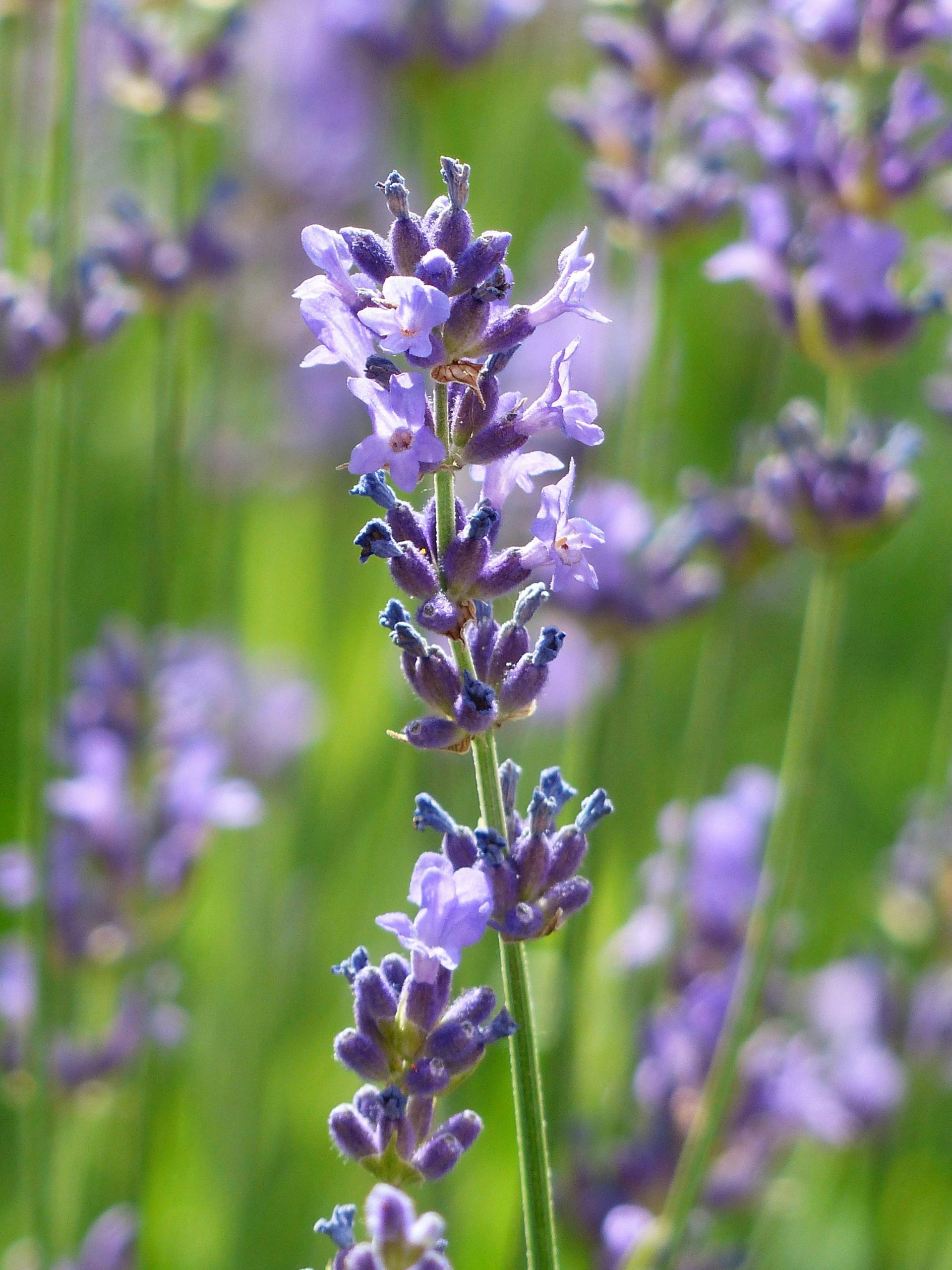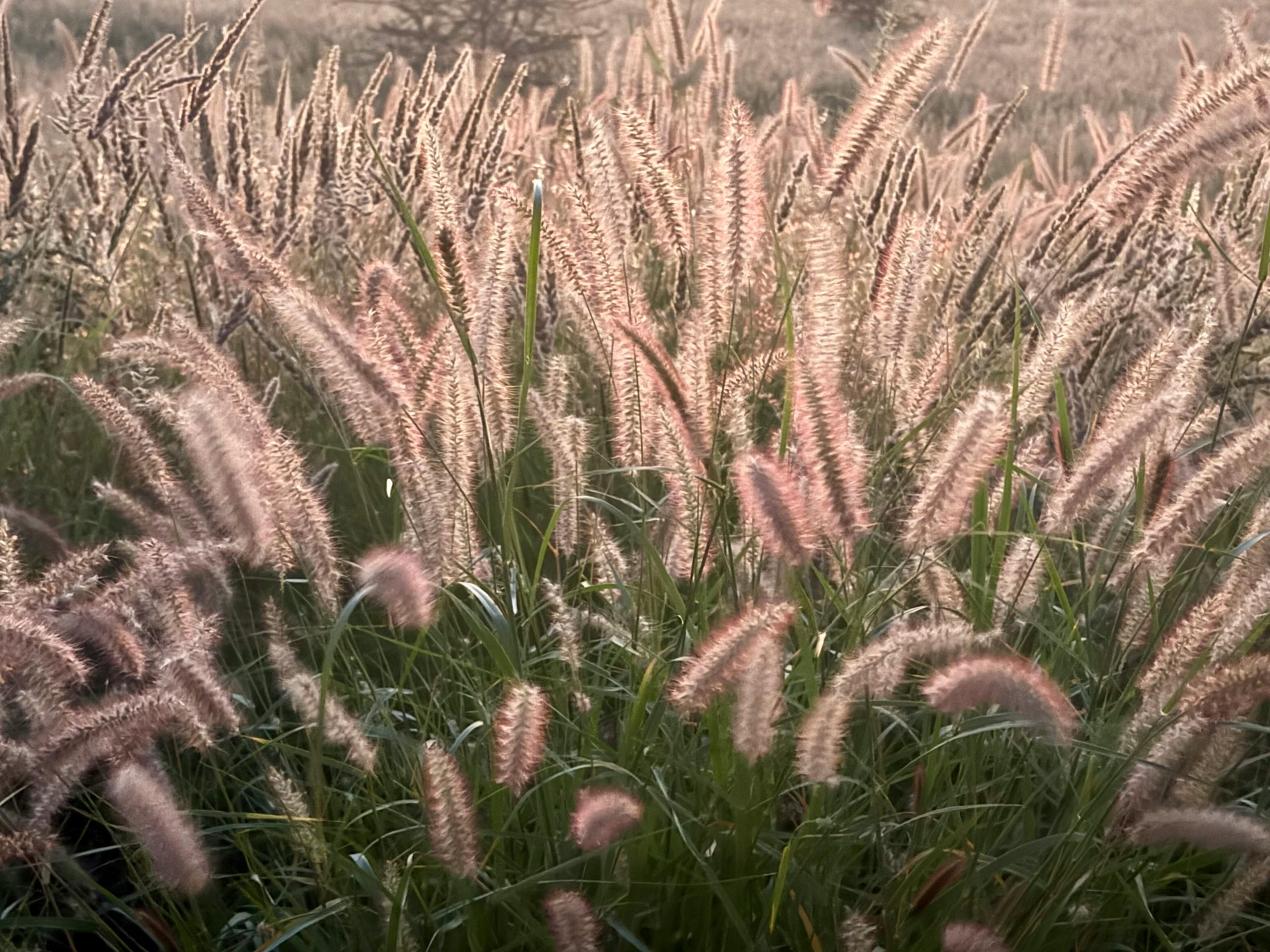Garden spaces can be a feast for your senses, but if you choose the right sensory garden plants. The purpose of a sensory space is to engage your senses while creating a safe and comfortable environment for relaxation. When planning ideas for a sensory garden, consider not only colourful plants but also the textures and movements of the plants.
Sensory garden plants for movement and texture
Plants that bring movement, touch and scent can bring a powerful sensory quality to your garden. A simple planting design can provide a range of plants that thrive together, offering a variety of sensory interests throughout your garden. Plants such as:
Lavender
Lavender plants are one of the most fragrant herb plants you can grow in your garden; they are also a great choice for a sensory garden. These herbs are visually stimulating, provide an aromatic scent and are texturally stimulating. Growing the lavender herbs can also be beneficial, as they are also drought-tolerant plants.

Image Credit: Pexels
Dills
For something striking in your garden that also has a fresh, citrus-like taste, the dill is the best plant to go for. With soft, feathery leaves and stems topped with delicate clusters of small yellow flowers, it works equally well in herb gardens and flower borders. Their feathery leaves are what provide the plant with texture that fits in a sensory garden.
Bamboo
Bamboos can be a great plant if you’re looking for some garden privacy. But what makes these plants such a brilliant sensory choice is the way they sound when the wind passes through them. Sometimes it is so hollow, and at other times, so deep; other times, it is high-pitched, just like wind chimes. They can also add height and drama to your outdoor garden, giving it a visual impact.
Fountain grass
Thanks to their long, evergreen grass with bristly spikes, fountain grass makes a lovely, soothing sound as the gentle breeze passes through it. Their bristle spikes provide the right texture, and as a bonus, they are visually stimulating. An alternative you could use is the pampas grass, as they have a very similar effect.

Image Credit: Pexels
Sensory gardens can also be great for sensory development in children, especially those with sensory sensitivities. This is because the different sounds, scents, textures and smells can help calm and develop their senses.
ALSO SEE: ENHANCE YOUR SENSORY GARDEN: CREATIVE WAYS TO INCORPORATE SOUND INTO YOUR GARDEN
Enhance your sensory garden: Creative ways to incorporate sound into your garden
Feature Image: Pexels

